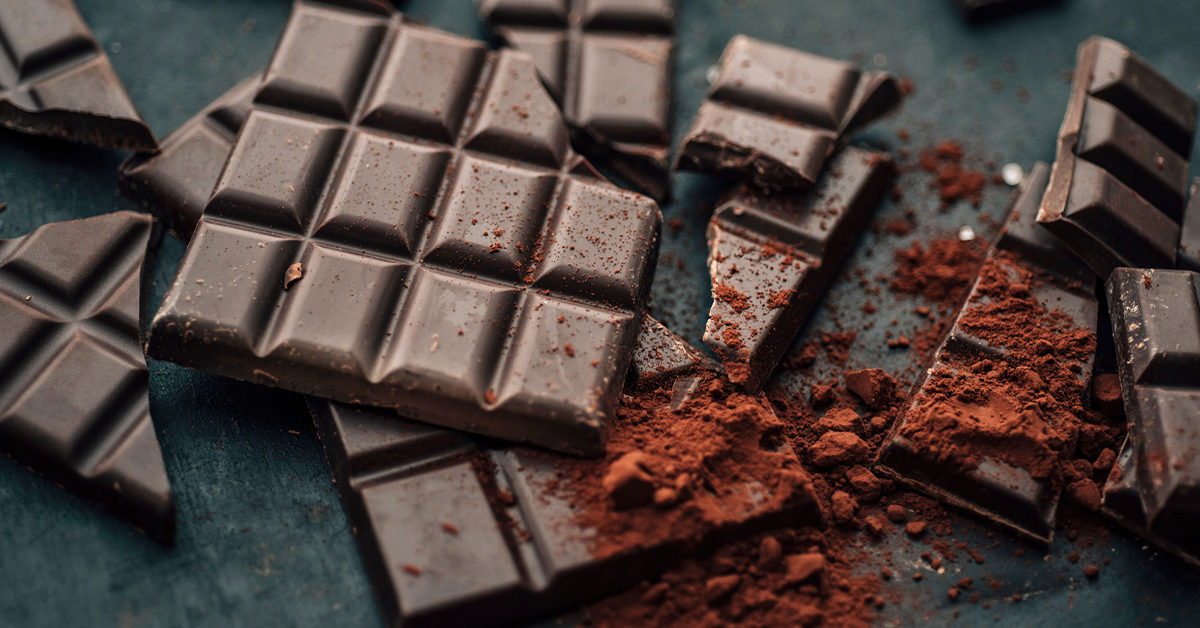10 Yoga Asanas For Irregular Periods
Irregular periods could be a sign of an underlying medical condition. But it will be too early to make an opinion on the irregularity of your periods before you see a doctor. There are many reasons for your periods becoming irregular & somehow can be cured by yoga.
What Are Irregular Periods?

Typically menstrual periods last four to seven days and occur every 28 days. If your periods come before 21 days or later than 35 days, your periods are irregular. While a slight delay of a couple of days is acceptable, it could be a cause of concern if the irregularity becomes more intense and frequent.
Here’re The Reasons That Cause Irregularity In Periods
- Periods remain irregular in the first year or two of puberty
- Periods become irregular during early pregnancy
- Excessive stress or extreme weight loss or weight gain can cause irregular periods
- Irregular periods could be the start of menopause
- Certain medical conditions like thyroid function can cause irregular periods
When To See A Doctor?
There is little to worry about a short delay of a few days in your periods because it is normal. But you shouldn’t ignore irregular periods if they are frequent. You need to discuss irregular periods with your doctor in the following conditions:
- You are under 45 years of age and your periods suddenly become irregular. It shows that there is an underlying condition affecting your menstrual cycle.
- You experience periods more often than every 21 days or less often than every 35 days. It could be due to a medical condition.
- Your periods last more than 7 days. It is abnormal and you must see a doctor to stop blood loss and regularize your periods.
- If the difference between your periods is 20 days or longer, you should see a doctor to find the reason behind your irregular periods.
- If you are unable to achieve pregnancy due to irregular periods, you should take the help of a doctor.
Could Irregular Periods Be Controlled?
Yes, irregular periods can be controlled with lifestyle changes, … Find more




